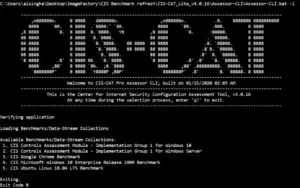Intel 18A Process Faces Manufacturing Challenges

- Intel’s ambitious 18A manufacturing process, a cornerstone of its strategy to regain a leadership position in chipmaking, is reportedly struggling with low production yields for its upcoming “Panther Lake” chips.
Intel has invested billions of dollars into its 18A manufacturing process, which is central to its goal of competing with industry leader TSMC. The company hopes to use this advanced process to produce its high-end chips in-house and attract external foundry clients. However, sources briefed on the matter have indicated that the process is facing significant quality control issues. The success of this initiative is crucial for Intel’s long-term business strategy.
Low Yields Hinder Profitability
According to sources familiar with the company’s test data, the percentage of usable Panther Lake chips—a metric known as yield—is currently very low. Intel has reportedly produced a limited number of chips that meet customer quality standards. This low yield rate makes it difficult for Intel to manufacture the Panther Lake chips profitably in the near term. The company’s typical aim is to reach a yield of over 50% before ramping up production and achieving substantial profits at around 70-80%.
Intel’s Chief Financial Officer David Zinsner, however, disputed the specific figures cited, stating that yields are better than reported. He acknowledged that yields start off low and improve over time, expressing confidence that they will reach a production-ready level by the end of the year. Zinsner also noted that even at those levels, margins will not be substantial, and further improvements are necessary. This suggests that Intel might have to sell some initial chips at a lower profit margin or even at a loss to get the product to market.
Ambitious Technology and Aggressive Timeline
The 18A process is technologically ambitious, combining several new features at once, including next-generation transistors and a new power delivery system. This complexity has created significant manufacturing risks. The aggressive timeline Intel set to roll out these unproven systems has reportedly led to the current production issues. This endeavor has been described by one source as a “Hail Mary” pass, highlighting the high stakes involved.
By some industry standards, the Panther Lake chips have reportedly shown a defect rate about three times too high for high-volume production. As of last year, only about 5% of the chips met Intel’s specifications, a figure that has since risen to around 10% by this summer. While Intel continues to state that the Panther Lake launch is “fully on track,” the company’s dependency on TSMC for future chips like Nova Lake underscores the challenges it faces in mastering its own advanced manufacturing processes. The company’s ability to stabilize 18A will be critical for its future in the high-end chip market.
The Importance of Yield in Chipmaking
|








